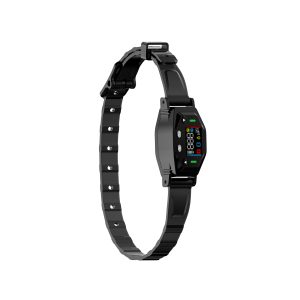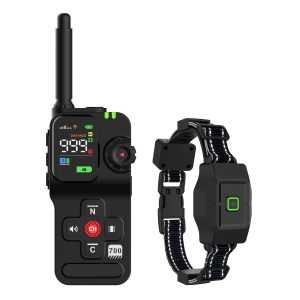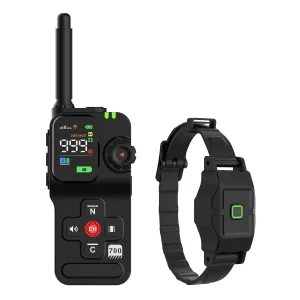The Power of Shock and Vibration Corrections in Dog Training
Training your dog can sometimes be a challenging task, especially if you’re dealing with stubborn behavior or complex commands. One effective method of training that has gained popularity in recent years is the use of shock and vibration corrections through specialized training collars.
These collars offer a humane way to communicate with your furry friend, providing gentle reminders and guidance during the training process. While some may question the use of such methods, when used correctly and responsibly, shock and vibration corrections can be powerful tools in shaping behavior and reinforcing positive habits.
Understanding Shock and Vibration Corrections
Before delving into the benefits of shock and vibration corrections, it’s important to understand how these mechanisms work. Shock collars deliver a small jolt of static electricity, akin to a mild static shock you might experience from touching a doorknob. On the other hand, vibration collars emit a subtle vibration that catches the dog’s attention without causing any pain or discomfort.
Contrary to common misconceptions, these corrections are not meant to punish the dog but rather as a signal to redirect their focus or discourage undesirable behavior. When used correctly, these collars can help establish clear communication between you and your pet.
The Benefits of Shock and Vibration Corrections
One of the primary advantages of using shock and vibration corrections in dog training is their ability to provide immediate feedback. Unlike verbal commands or traditional training methods, these collars offer real-time responses to your dog’s actions, making it easier to associate behaviors with consequences.
Additionally, shock and vibration corrections can be tailored to your dog’s individual needs. With adjustable settings and sensitivity levels, you can customize the intensity of the correction based on your pet’s temperament and training requirements. This flexibility ensures that the training collar remains effective without causing undue stress or discomfort.
Best Practices for Using Training Collars
While shock and vibration corrections can be valuable tools in dog training, it’s essential to use them responsibly. Here are some best practices to keep in mind:
- Always consult with a professional trainer or veterinarian before using a training collar.
- Introduce the collar gradually and ensure your dog remains comfortable throughout the training process.
- Use positive reinforcement in conjunction with corrections to encourage desired behaviors.
- Regularly assess your dog’s progress and adjust the training collar settings as needed.
In Conclusion
Shock and vibration corrections in dog training are powerful tools that, when applied thoughtfully and compassionately, can help foster a strong bond between you and your canine companion. By understanding the principles behind these training collars and incorporating best practices into your training routine, you can shape your dog’s behavior effectively and set them up for a lifetime of learning and growth.




